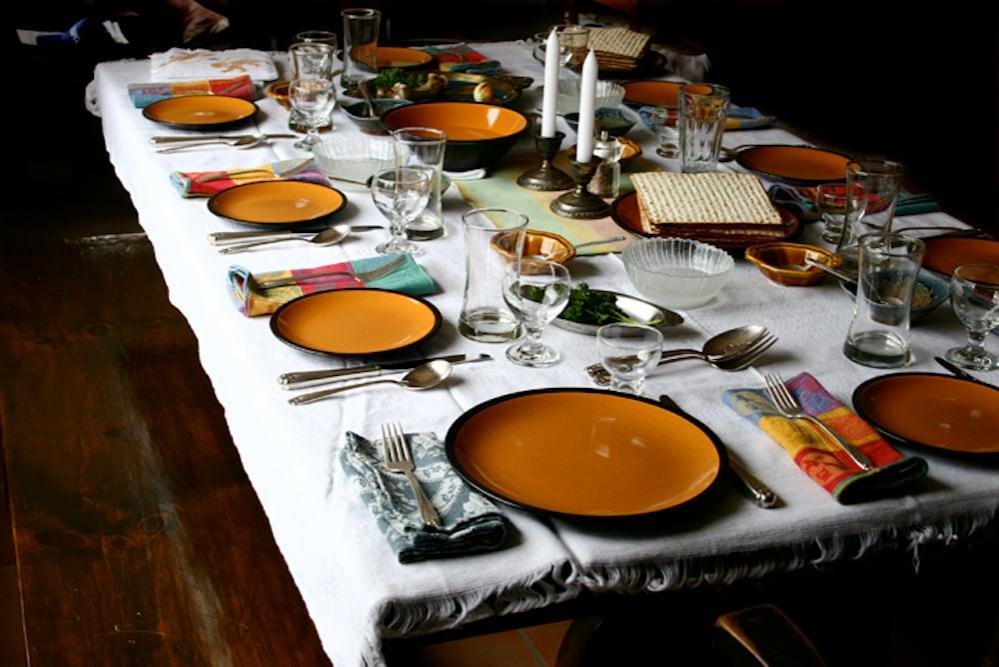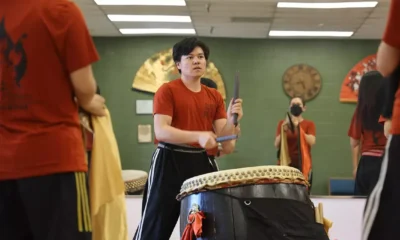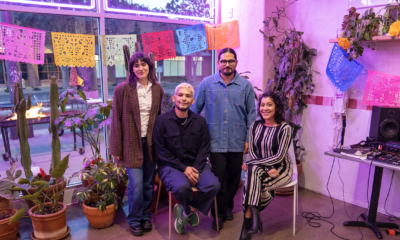faith
Remembering Sorrow, Celebrating Hope: The Dual Nature of Passover

Jewish families are preparing to gather for Passover this year, reflecting on challenging times while nurturing hope for the future. This year’s observance will commence with the Seder, a traditional meal that unites families in a ritual steeped in history.
As a scholar of the Bible and ancient Judaism, I find that Passover serves as a poignant reminder of past tragedies, encouraging a forward gaze toward better days. The celebration commemorates the Israelites’ exodus from Egypt, a story chronicled in the book of Exodus. As the narrative unfolds, it recounts how God unleashed a series of plagues on Egypt, which culminated in the death of the firstborns.
The Israelites were instructed to mark their doorposts with lamb’s blood, signaling the “destroyer” to spare their homes. This pivotal story has become a powerful symbol of persecution and liberation in Jewish tradition. God commanded Moses to ensure that all generations remember this event, solidifying its importance in the cultural memory.
The Passover celebration is structured around a script known as the Haggadah, which contains ancient rituals. Some elements may trace back to the second century C.E., but the complete text is found in medieval manuscripts. Modern families often personalize their Haggadah, infusing individual experiences into the celebration.
During the Seder, family members adopt roles that echo the biblical story, bridging the historical narrative with contemporary experiences. This enactment allows participants to envision themselves as part of the original exodus generation. An addition from the ninth century C.E. features the story of four sons—wise, wicked, simple, and the one who does not know what to ask—inspiring diverse reflections on the exodus.
The varying interpretations highlight the importance of transmitting the significance of liberation across generations. These roles encourage participants to contemplate liberation’s meaning and how to convey it to future descendants. Thus, the Haggadah embodies a convergence of past, present, and future, intertwining the remembrance of historical trials with aspirations for hope.
Historically, the Passover festival was observed in Jerusalem’s temple, but its observance transitioned into homes following the temple’s destruction in C.E. 70. The Haggadah draws from the biblical celebration, which initially occurred within households. Biblical accounts mention the second Passover, observed a year after the departure, in a manner accommodating those unable to celebrate due to distance or unforeseen circumstances.
In light of recent challenges, many families will likely reflect on their experiences during the Seder. The Haggadah includes elements that hint at broader Jewish history, incorporating moments of struggle alongside those of triumph. For instance, the breaking of unleavened bread, or Afikomen, engages children in a search symbolizing a “treasure from Egypt,” encapsulating the intertwined complexities of Jewish heritage.
The term Afikomen, derived from Greek, reflects the cultural exchanges that shaped Jewish identity over centuries. While some Greek influences were embraced, historical tensions also characterized interactions, such as the Maccabean Revolt. The integration of Greek elements into Jewish tradition illustrates the adaptive qualities of cultural practices.
Looking forward is vital in the Passover Haggadah. Despite the liberation from Egypt, the Seder concludes with the phrase “Next year in Jerusalem,” echoing longing for an ideal future. This sentiment resonates deeply, especially amid current conflicts, reinforcing the connection between past struggles and future aspirations.


















